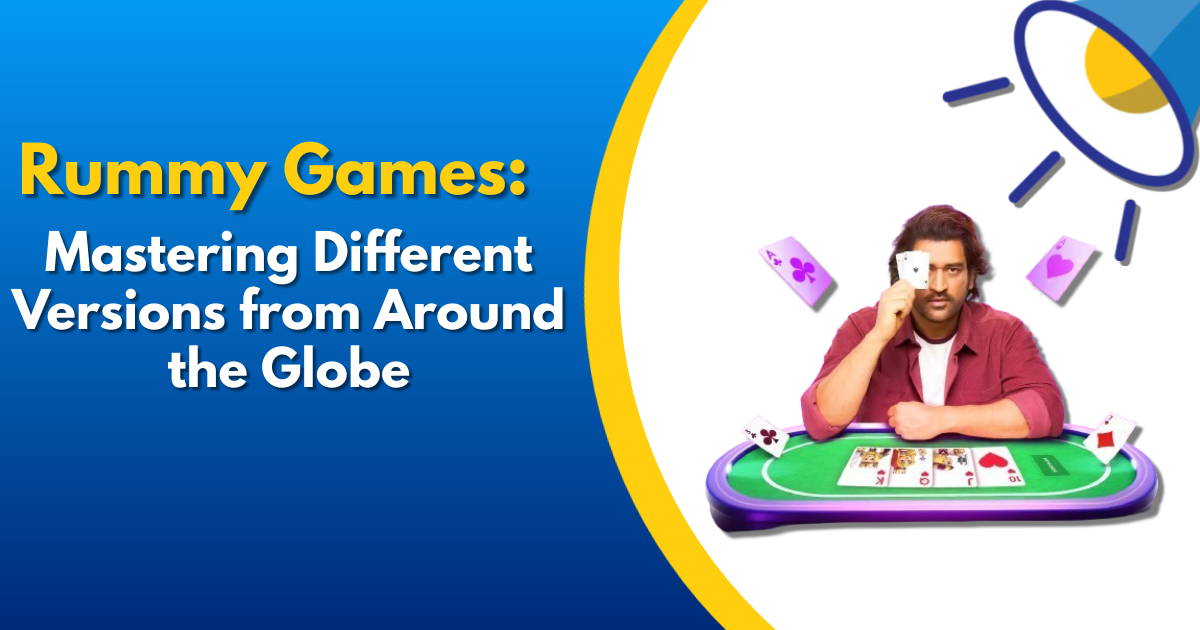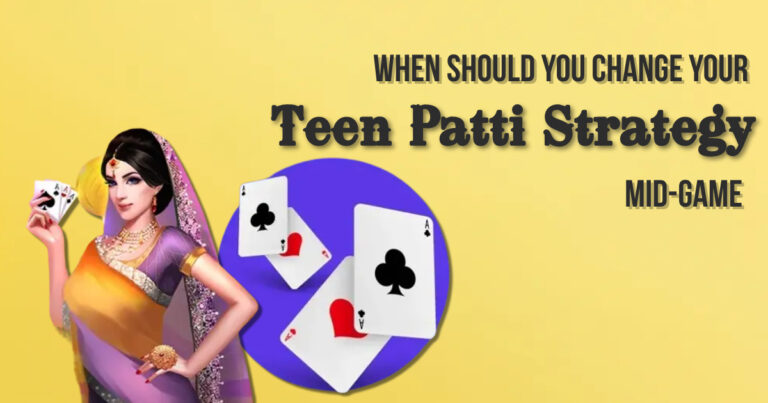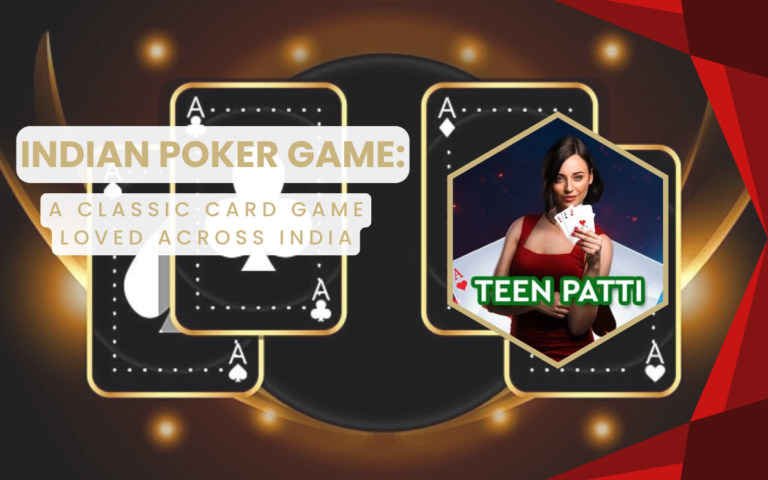Rummy Games: Mastering Different Versions from Around the Globe
Rummy games, a popular card game enjoyed by millions worldwide, is known for its simplicity, strategic depth, and adaptability. Originating from the family of matching-card games, Rummy involves forming sets or runs of cards to accumulate points and win rounds. Over the years, various versions of Rummy have emerged, each with unique rules and cultural influences. Mastering these different versions requires understanding their distinctive gameplay mechanics and strategic nuances. This essay explores some of the most prominent Rummy games variants from around the globe, offering insights into their gameplay and strategies for mastering them.

Classic Rummy Games
Classic Rummy, often referred to as Standard Rummy, is the foundation for many Rummy variants. Played with a standard deck of 52 cards, Classic Rummy games involves 2 to 6 players. The primary objective is to form valid sets (three or four cards of the same rank) and sequences (three or more consecutive cards of the same suit). Each player is dealt a specific number of cards, typically 10, and the remaining cards form the stockpile. Players draw from the stockpile or discard pile, similar to Teen Patti, aiming to meld their cards as quickly as possible.
To master Classic Rummy, players need to focus on efficient hand management and adaptability. Keeping track of discarded cards helps in predicting opponents’ moves and making informed decisions. Balancing the formation of sets and sequences is crucial to ensure a steady progression towards winning the game.
Gin Rummy
Gin Rummy, a popular two-player version of Rummy games, emphasizes speed and skill. Each player is dealt 10 cards, and the goal is to form sets and runs while minimizing deadwood (unmatched cards). Players draw and discard cards to achieve a “Gin” (no deadwood) or a low deadwood count, allowing them to knock and end the round.
Key strategies in Gin Rummy include efficient hand sorting, keen observation of the opponent’s discards, and timely knocking. A well-timed knock can prevent the opponent from achieving Gin and secure a win with minimal deadwood points. Additionally, keeping a balance between offensive and defensive plays ensures a competitive edge.
Indian Rummy Games
Indian Rummy games, also known as Paplu, is a widely played version in India, typically involving 2 to 6 players. It uses two standard decks plus jokers and follows similar rules to Classic Rummy but with specific variations. Players are dealt 13 cards, and the objective is to form valid sets and sequences, including at least one pure sequence (without jokers).
Mastering Indian Rummy games requires a focus on forming the pure sequence early, as it is a mandatory requirement. Players should also be adept at using jokers strategically to complete other sets and sequences. Observing opponents’ discards and keeping track of picked cards helps in planning effective moves and hindering opponents’ progress.
Canasta
Canasta, a Rummy games variant popular in Latin America, particularly in Uruguay and Argentina, is played with two standard decks plus jokers and involves forming melds of seven cards of the same rank. Played in partnerships, Canasta emphasizes teamwork and strategic coordination. Each player is dealt 11 cards, and the goal is to form canastas (melds of seven cards) and other valid combinations.
Successful Canasta players focus on communication and synchronization with their partners. Understanding the opponent’s strategies and adapting accordingly is crucial. Building canastas early and managing the discard pile effectively can lead to significant point advantages.
Kalooki
Kalooki, also known as Kaluki or Kalookie, is a Rummy variant popular in Jamaica and other Caribbean regions. It involves forming sets and sequences with specific rules regarding initial melds and additional card placements. Played with multiple standard decks, Kalooki emphasizes strategic hand management and careful planning.
To excel in Kalooki, players need to understand the specific meld requirements and focus on efficient card utilization. Observing opponents’ moves and anticipating their strategies can provide a tactical advantage. Flexibility in adjusting strategies based on the evolving game state is essential for mastering Kalooki.
Mahjong Rummy
Mahjong Rummy, blending elements of Mahjong and Rummy, is a unique variant popular in Asia, particularly in China and Japan. Using Mahjong tiles instead of cards, players aim to form valid sets and sequences, similar to Rummy. The game involves drawing and discarding tiles, with the goal of completing a winning hand.
Mastering Mahjong Rummy requires familiarity with Mahjong tile sets and their combinations. Players must balance the formation of sets and sequences while keeping an eye on opponents’ discarded tiles. Strategic discarding and efficient hand management are key to achieving a winning hand in Mahjong Rummy games.
Conquian
Conquian, one of the oldest Rummy variants, originating from Mexico, involves 2 players and uses a Spanish deck of 40 cards. The goal is to form valid melds by drawing and discarding cards. Conquian’s unique rule is that players can only form sets and sequences with cards that they have drawn, making it a game of careful planning and strategic execution.
In Conquian, players must focus on efficient hand management and anticipation of the opponent’s moves. Forming melds early and making optimal use of drawn cards are essential strategies for mastering Conquian. The game’s simplicity and strategic depth make it a favorite among Rummy enthusiasts.
Rummikub
Rummikub, a tile-based game with Rummy-like rules, is popular worldwide, particularly in Israel and Europe. Players draw and discard tiles to form sets and runs, aiming to empty their racks as quickly as possible. Rummikub’s unique feature is the ability to manipulate existing sets on the table, adding a layer of complexity to the game.
Successful Rummikub players focus on flexibility and adaptability. Understanding the potential for manipulating existing sets allows for creative and strategic moves. Observing opponents’ tile placements and planning moves accordingly can lead to a competitive advantage in Rummikub.
Conclusion
Rummy games, in its various forms, offers a rich and diverse gaming experience. Each variant, with its unique rules and cultural influences, provides a different strategic challenge for players. Mastering these versions requires a deep understanding of their gameplay mechanics, strategic thinking, and adaptability. Whether it’s the fast-paced Gin Rummy, the culturally rich Indian Rummy games, or the intricate Mahjong Rummy, each variant offers a unique path to becoming a Rummy master. By exploring and mastering different versions of Rummy games from around the globe, players can enhance their skills, enjoy diverse gaming experiences, and appreciate the universal appeal of this beloved card game.








